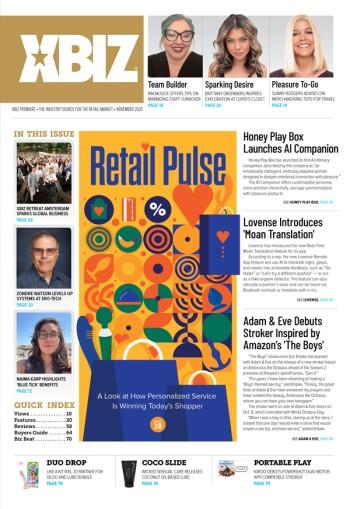Wait - don't click away! This post is for company owners, project developers and marketers - we'll leave all the technical mumbo-jumbo about how to develop a mobile app to the folks who know what they're doing. Today let’s talk about developing goals for your mobile applications, understanding the key indicators that will reveal the performance of your apps, how consumers are finding and using your apps - and the value of it all, whether your apps are engaging and retaining customers to your company brand.
As mobile apps continue to grow in use and popularity, many companies will jump into the mobile arena after developing an app for smartphones, and just cross their fingers hoping it works. Unfortunately, most of these people skip the most important part of developing a mobile market strategy - the planning and definition of their application development - and end up wondering what went wrong. It is important to know how to measure the performance of your entry into the mobile arena and if you don't have a clear strategy and objective, you will in most cases fail.
Another mistake that people commonly make is to develop mobile apps for each and every platform, throw it out into the wild and hope one of them catches on with consumers. Wasted time and wasted resources go into developing, publishing and maintaining an app only to find out that nobody is interested in what they have to offer. However, the worst thing you can do is to skip over the idea of developing an app altogether and put your focus into developing for mobile browsers. Apps aren't going anywhere - they're just getting started!
Measuring for Success
The first thing you need to understand before developing and publishing an app is what influences the purchasing decisions and other behaviors of your target audience as well as the typical mobile app user. All of this information is essential to developing a solid mobile marketing strategy. So before you even start developing that app, make sure you take the time to think about how and what you will use to measure the success of your mobile marketing campaign. Your research can be broken down into four main categories:
- DISCOVERY PHASE - Investigate how people are finding your current mobile properties and how they are using them.
- LOYALTY PHASE - Find out just how engaged and loyal your users are to your mobile properties, and how often they return.
- ENGAGEMENT PHASE - Find out what your users are engaged in on your mobile properties, what activities they are completing and how many are becoming customers.
- RETAINING PHASE - Find out the best methods to use to encourage customers to continue using your mobile properties and retain them for your brand.
Once you are able to determine the questions asked in the above phases of early development, you will be able to better understand what needs to be accomplished in order to turn users into customers. You will also be able to develop a solid plan for retaining those customers and improving the success of your mobile properties and marketing campaigns.
Raising Awareness
If people aren't finding your mobile sites and apps - you need to know about it. It is important to raise awareness within the industry, community and to raise interest with your target demographic. You can do this both from within and outside the traditional app markets. There are many different ways that you can promote your apps and mobile properties - what methods are you currently using now? Are you promoting them via your website, via social networking programs, via email and text messaging, via a specially-designed mobile site or through the use of advertising campaigns? Whichever method you decide to use to promote your mobile apps, make sure to monitor the following areas of your project carefully:
- DOWNLOADS - You will want to stay hyper-aware of the number of times your app is downloaded. What this will do is show you the volume of interest surrounding your application and it also helps you to get a clear picture of how many people have downloaded and used your app.
- USERS - This is an important test of the usability of your mobile app. You need to know how many unique users of your app there are over a period of time. More will download your app than will actually use it, so this is an essential metric to keep track of as you fine-tune your app development.
- ACTIVE USER RATIO - This is one of those quick-look stats that will instantly show you the ratio of the number of actually users compared to the number of total downloads. By looking at this figure you will be able to understand whether you are gaining or losing users over a period of time.
- NEW USERS - Another great statistic that you need to know is the number of users that first used your app during a specific period of time. This will help you to understand whether your downloads mostly occurred immediately following your launch, or if you are continuing to get new users downloading your app over time.
- VISITORS - You should also keep track of how many unique visitors accessed your mobile website over a period of time. This will help you to see if people are using your mobile site - or not.
- NEW VISITORS - Just like with users, it is also important to know how many visitors are accessing your website for the first time over a specific period of time. You need to know if you are just seeing the same group of visitors over and over, or if your marketing campaign is bringing you new visitors and customers to the site.
Next time I’ll talk about engagement and those vitally important concepts of conversion and retention!








